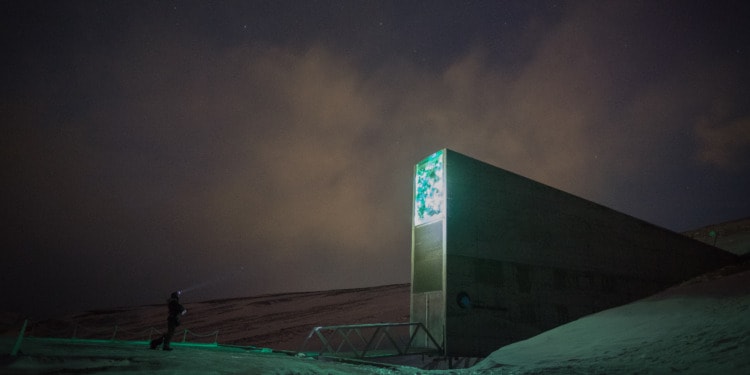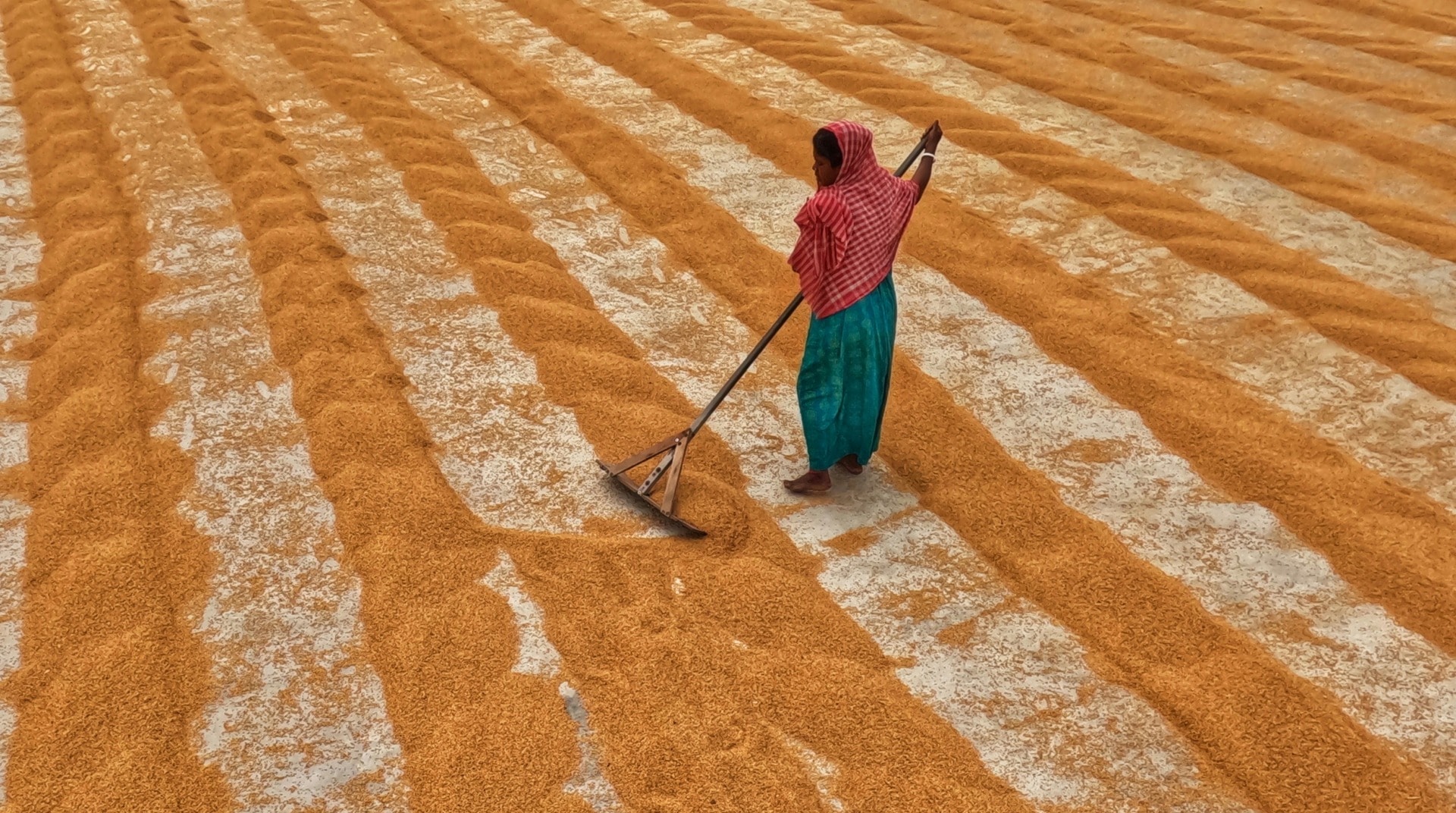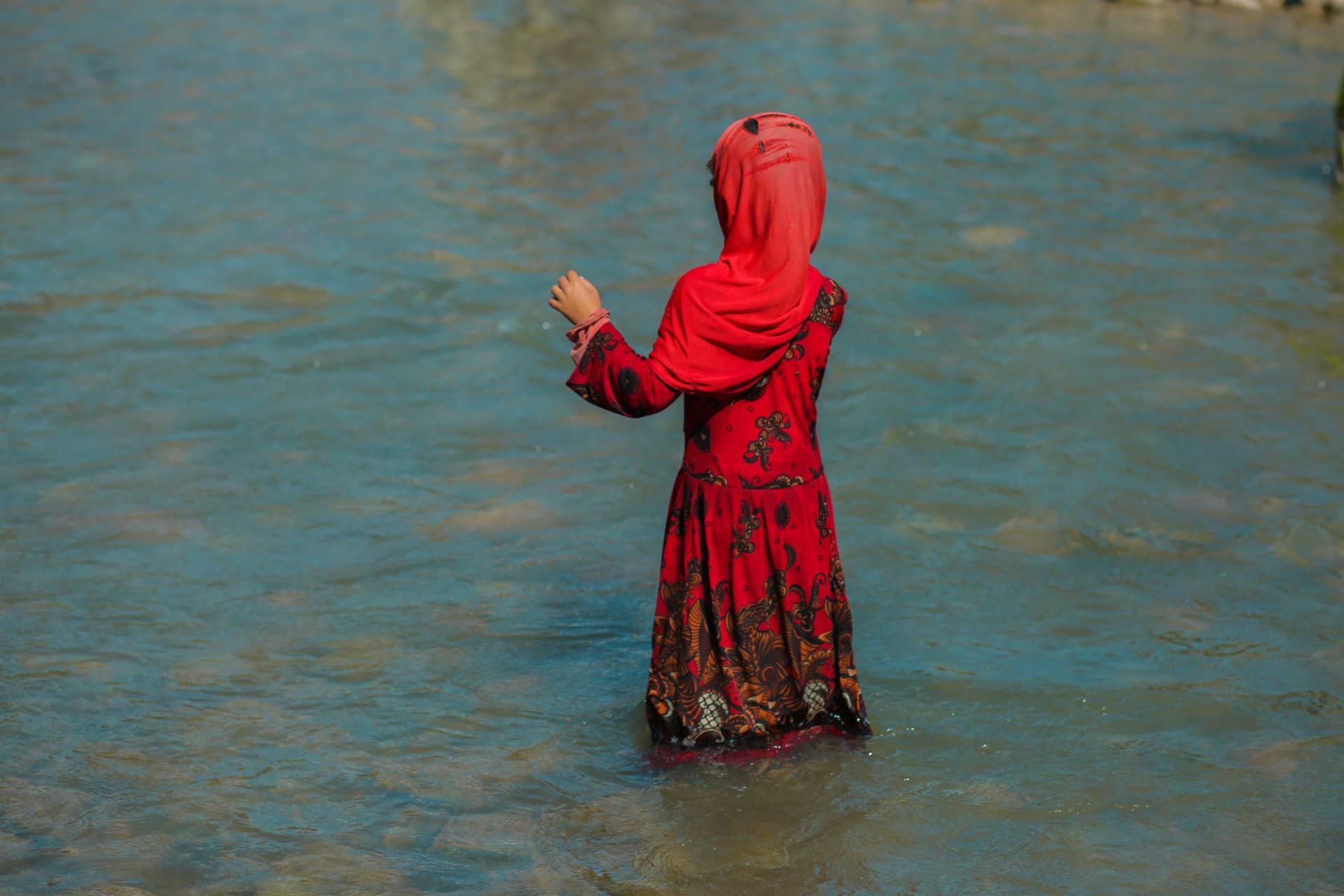Far north above the Arctic Circle, in the middle of the Arctic Ocean on the remote and quiet glacial expanse of the Norwegian archipelago, there’s a futuristic concrete structure jutting out from the glacial Svalbard landscape. This architectural marvel marks the entrance to what looks like a modern art museum, but is in fact a vault containing a back-up plan for the planet – 1.1 million seed samples from every country in the world, preserved in the permafrost in case of global catastrophe.
Known as the Svalbard Global Seed Vault, it’s the world’s largest library of 13,000 years worth of agricultural biodiversity and history.
Back-up seeds for the apocalypse
In gene and seed banks across the world, copies of the planet’s important plant species are backed-up – a ninth-life for the environment and agriculture – and a frontline defense against the many localized threats the world faces.
But, in the event that the original copies are destroyed by catastrophe – natural disaster, conflict, disease, human error, or any other global crisis, the Svalbard vault provides a seed safe-haven, preserving a second layer of security duplicates of “unique and valuable plant material.”
With a total capacity of 4.5 million samples, the so-called “Doomsday Vault” serves a “humanitarian purpose” in providing a last-resort “Noah’s ark” for the planet’s seeds.
Since its inception, except in the case of urgent deposits, the vault’s doors are opened just three times a year – the rest of the time the vault is locked down.
Once inside, the seeds are stored under “black box conditions,” and are expected to remain viable for thousands of years.
We back-up our entire lives with insurance, in hard-drives and on “the cloud” – so why not do the same for the environment?
What types of seeds are inside the vault?
Established by a coalition between the Norwegian Ministry of Agriculture and Food and the Crop Trust, under the sponsorship of the UN Food and Agriculture Organization (FAO) that was tasked with setting it up and is now monitoring it, the vault invites the world to ship and store samples from all corners of the globe. Once received at Oslo airport, the vault arranges shipping to Svalbard, preserving copies in a “safe, free and long-term” storage system.
The frozen assets range from seeds essential to current agricultural practices, to wild varieties of domesticated strains, as well as historical samples no longer in use or existence outside the deep freeze.
Within the vault there are infinite varieties of crop strains from all continents. From African and Asian essentials such as maize, rice, wheat, to European and South American vegetables and grains such as eggplant, lettuce, barley and potato.
Inside there are copies of:
- 3,000 varieties of coconuts
- 4,500 varieties of potatoes
- 35,000 varieties of corn
- 125,000 varieties of wheat
- 200,000 varieties of rice
This year seed collections deposited in @GlobalSeedVault include herbs and spices that make our food tasty such as mustard, fennel and sage.
22 new species are being added to the Vault for the first time, expanding the safeguarded diversity worldwide.#Svalbard2021 pic.twitter.com/pfO8Ui2aKr
— The Crop Trust (@CropTrust) October 26, 2021
All accessions are vitally important for the preservation of global agriculture, scientific research, plant breeding, and education, providing a last hope for plant species of great value for the future of humanity and ensuring the “world’s future food supply.”
“There are big and small doomsdays going on around the world every day. Genetic material is being lost all over the globe,” says the Crop Trust’s past executive director Marie Haga.
Why choose Svalbard?
Home to many of the world’s natural wonders like the Northern lights, the high north’s summer “midnight sun,” and the mountainous glacial landscape – though close to the North pole – Svalbard is free from polarization.
Nearly 2,000 km north of the Norwegian mainland, 1,700 m above sea level, and 130 m into the thick permafrost of the mountainside, Svalbard’s remote glacial tundra remains quiet, stable and somewhat unreachable. As the rest of the world experiences turbulence in political, climate and weather stability, it is expected to remain one of the driest, coldest and safest places on earth.
The peace of the island is unbroken both outside and inside of the concrete exterior. Past an unassuming dystopian entranceway decorated by illuminated fiber optic art installations, down a long dark tunnel to the vault which Haga calls “the cathedral,” South Korean samples are stored next to North Korean, Syrian, American, Russian and many other nation’s seeds without protest – highlighting plant preservation as something the world can agree on.
The Seed Vault is described by Former UN Chief Ban Ki-moon as an “inspirational symbol of peace and food security for the entire humanity.”
Related Articles: Genebanks Secured from Threats: A Big Step Forward for Biodiversity | Extreme Hunger Rises by 123% in Worst-Affected Climate Hotspots | Sustainable Agriculture is the Key to Ending Hunger | Nyando Climate-Smart Village launches community seedbank
5,000 different plant species are frozen here, shipped to the high north from across the planet. Once stored in the vault’s floor-to-ceiling shelves in airtight aluminum pouches at -18°C, seeds are uploaded to a “Seed Portal” database, and the envelopes will most likely never be opened again — unless catastrophe strikes.
The island is also seismically stable, and its high-north latitude and altitude are important to protect the seeds from threats such as tsunami, rising sea levels, pests, rodents and many diseases. Svalbard is also extremely far from any of the planet’s other gene banks, which usually reside further south, so the environmental and political stresses that could pose threat to the original copies are not likely to reach the safety of the Norwegian Arctic.
“Norway is a quiet and safe corner at the top of the world,” says the Seed Vault management, and in many ways is “a perfect location for the world’s seed backup.”
Though geographically stable, the vault is also well prepared strategically for the inevitability of change due to global warming. Precautions have been taken to waterproof the building in preparation for “wetter and warmer climate in the future,” with climate conditions in the region continuously being monitored to ensure the safeguarding of the seeds on site.
The Seed Vault is also not alone in choosing the safety of Svalbard as a storage unit. Not far from the vault is the Arctic World Archive, a “safe repository for world memory” storing secret government documents, manuscripts from the Vatican Library, Rembrandt masterpieces, scientific breakthroughs and contemporary cultural treasures.

Commission of the seed vault
Though opened in 2008 by the Norwegian Government and then Prime Minister Jens Stoltenberg (now the acting chief of NATO), the idea of stockpiling copies of seed varieties in this way traces back to the 1980s, and an American agriculturalist, Cary Fowler, who over the next few decades began to bring the concept to life.
Over the years, the Former Crop Trust Director began laying the groundwork for the global vault through his many interactions and collaborations with both NGOs and political heavyweights.
Through his involvement in leading the International Conference and Programme on Plant Genetic Resources at the FAO (UN), in 1996 he produced the UN’s first global crop diversity assessment and “Plan of Action for Plant Genetic Resources.”
Over the next few years he expanded his presence in the field, later representing the Consultative Group on International Agricultural Research (CGIAR), and negotiating the implementation of the International Treaty on Plant Genetic Resources in 150 countries, calling for “establishing a multilateral system for plant genetic resources.”
Fowler was even one of two foreign members elected to join the Russian Academy of Sciences, after he led an effort to save one of the nation’s (and world’s) largest collections of fruit and berry varieties at an agricultural experiment station near St. Petersburg.
In 2001, the Norwegian government, who 20 years prior had already set up a national seed bank in an abandoned coal mine on Svalbard, were approached by the International Board for Plant Genetic Resources (IBPGR) (now known as Bioversity International), to establish the world’s first global seed back-up facility in their glacial mountainside.
Today the vault is managed by The Nordic Genetic Resources Center (NordGen), who receive, store and protect the world’s seeds completely free of charge. In today’s rapidly changing world, the main commission of NordGen and the vault is to provide the planet with plant genetic security in the face of global threat.
The DNA stored there will not only inform future plant breeding strategies, but also provide essential genetic material for research and development for a wide range of applications – most importantly, in the design of new genetic variations of agriculturally important crops that can thrive in the diverse climates of the future.
“Securing the world’s crop diversity is a global concern and a prerequisite for future food and nutrition security,” says the Crop Trust.
In 2015 we welcomed the 1st #seed deposit from an indigenous community; the Potato Park backed-up 750 potato seeds. @CropTrust @planttreaty @NordGen @landbrukogmat now launch a competitive grant to support the backing up of more crop diversity. https://t.co/PbtEZwM4Sq pic.twitter.com/Ojy6rmOLq5
— Svalbard Seed Vault (@GlobalSeedVault) October 11, 2021
Safeguarding crop diversity
Environmental stresses such as drought, flooding, wildfire and disease all have the potential to dramatically decrease crop diversity and yield, which in turn would have a devastating downstream effect on society, the environment, and the global economy.
As the climate heats up, weather patterns change, and the seasons are altered.
Most recently the severe drought seen throughout Europe sparked a “false autumn” in trees across the continent. Due to insufficient water supplies, the trees changed in color as they transitioned to “survival mode” and shed their leaves early.
Climate change poses a great risk to biodiversity.
As today’s warming world moves towards dangerous “climate tipping points,” crops that are able to survive the climate crisis will be essential in continuing to fuel the economy, international trade, and future scientific discovery – not to mention the 8.9% of the global population currently facing starvation.
What’s more, Oxfam has recently reported a 123% increase in climate-related extreme hunger across major climate hotspots, and the UN has predicted a population increase from 7.8 billion to 9.7 billion by 2050. It’s clear that without action, the world is dangerously careening towards an escalation in global hunger.
If we have any hope of achieving the ambitious targets of SDG 2 “Zero Hunger” by 2030, then crop preservation will prove vital; as Marie Haga puts it, crops are undoubtedly “as important as water and air.”
Hopefully, the doors to the Svalbard Global Seed Vault will continue to open just three times a year, and the rest of the time will stay untouched and locked-down. But, in a world threatened by unprecedented yet conceivable environmental, nuclear and humanitarian break down – at least we have a back-up plan.
Editor’s Note: The opinions expressed here by the authors are their own, not those of Impakter.com — In the Featured Photo: Entrance to the Svalbard Global Seed Vault. Featured Photo Credit: Wikimedia Commons.












